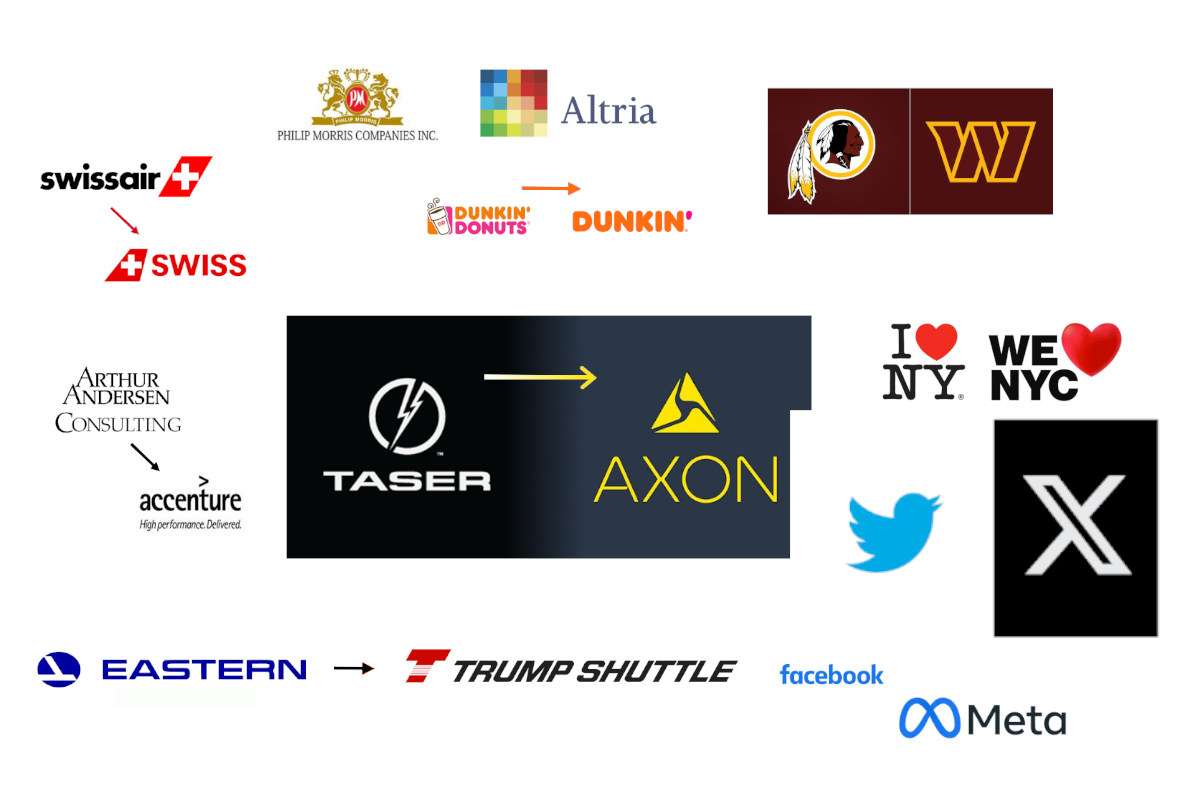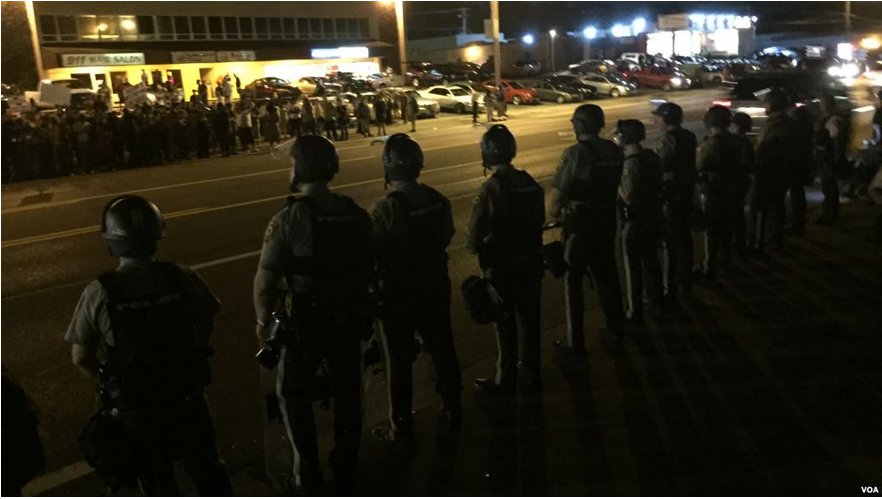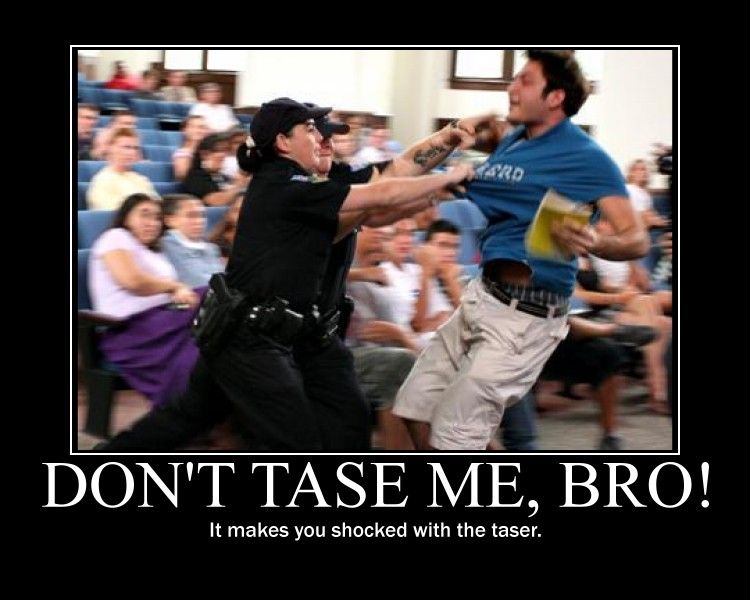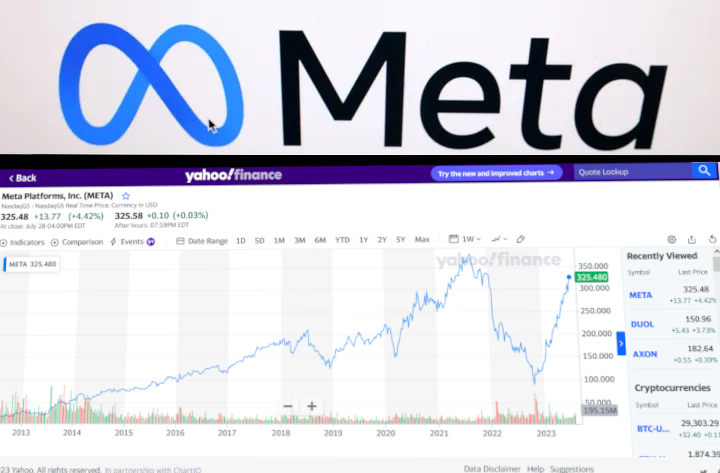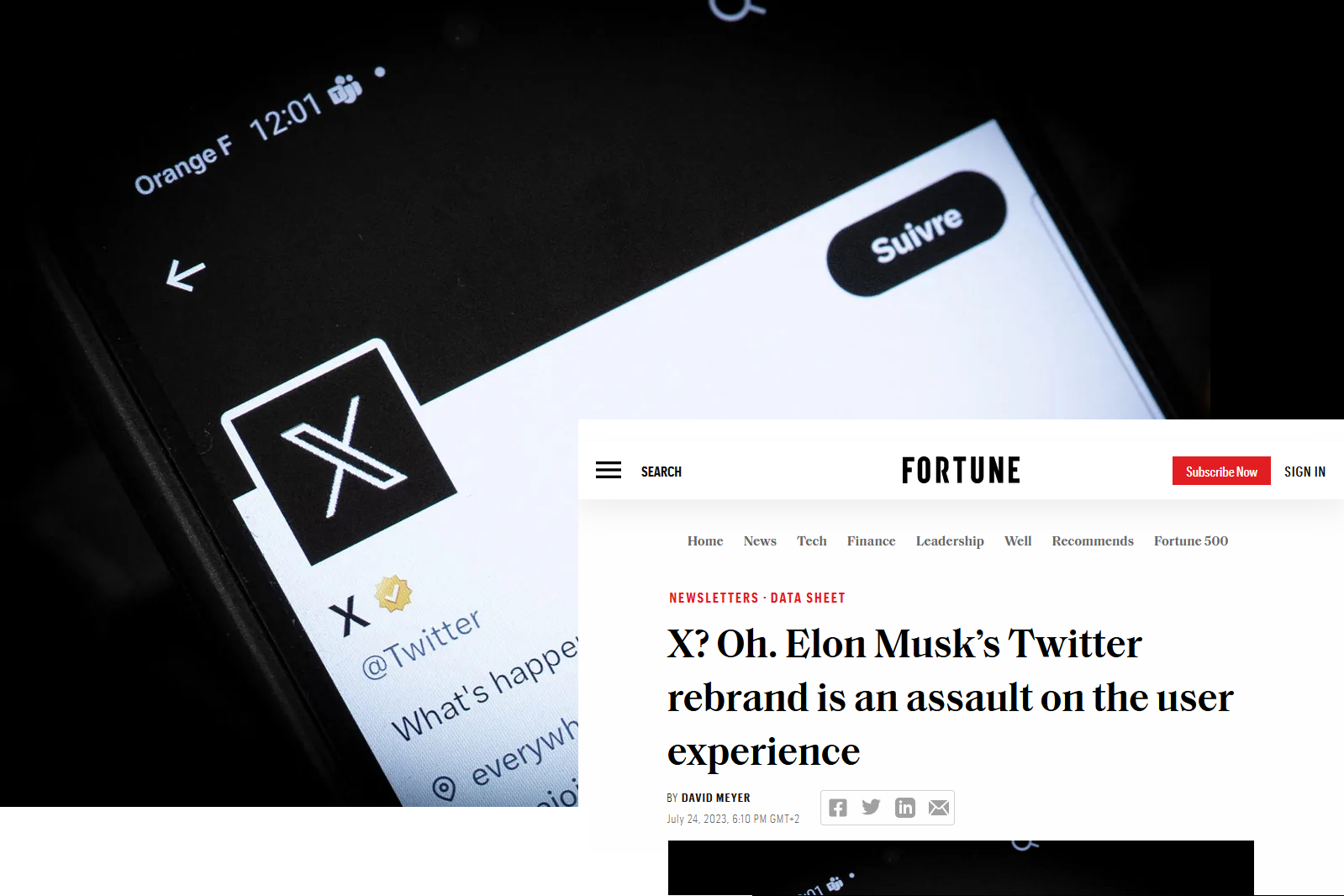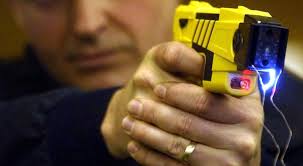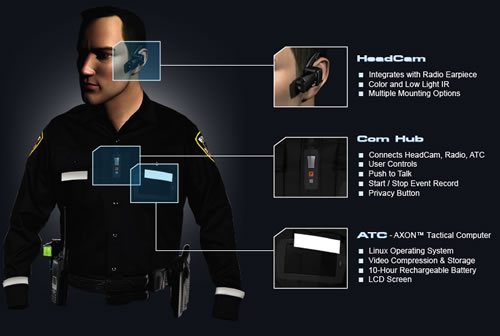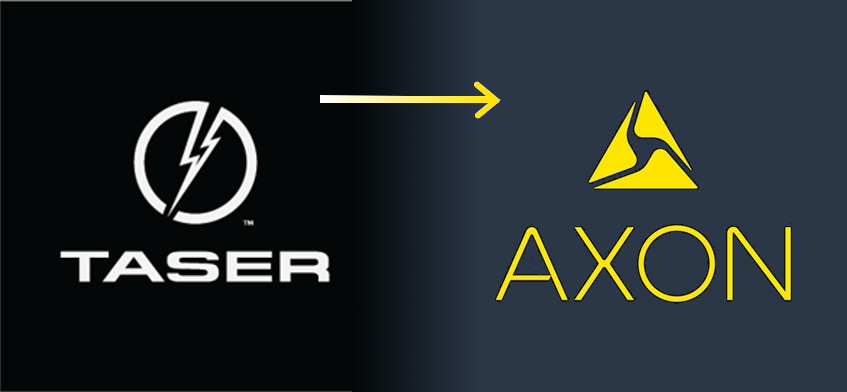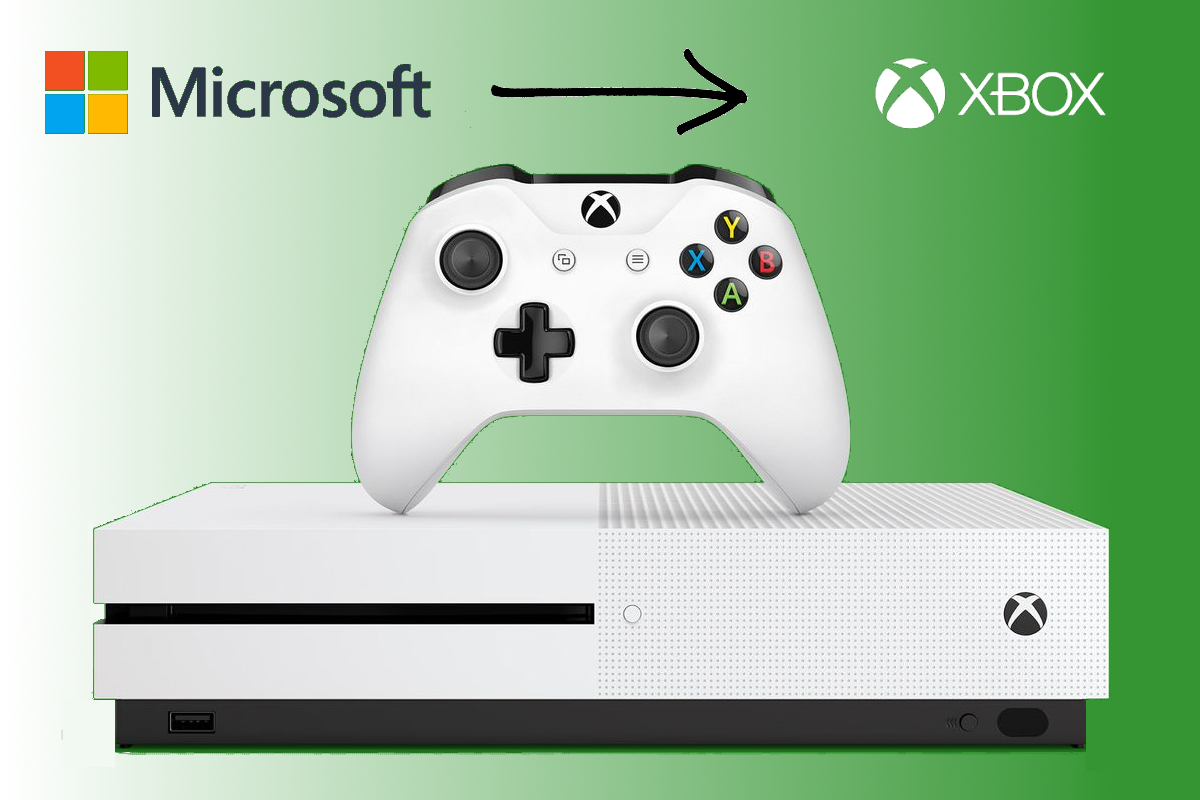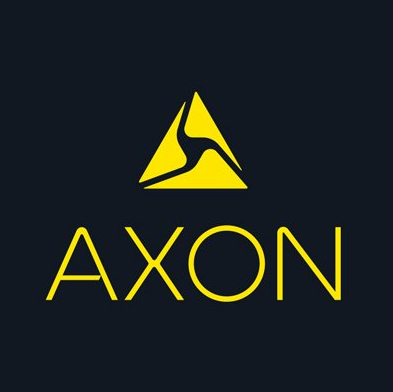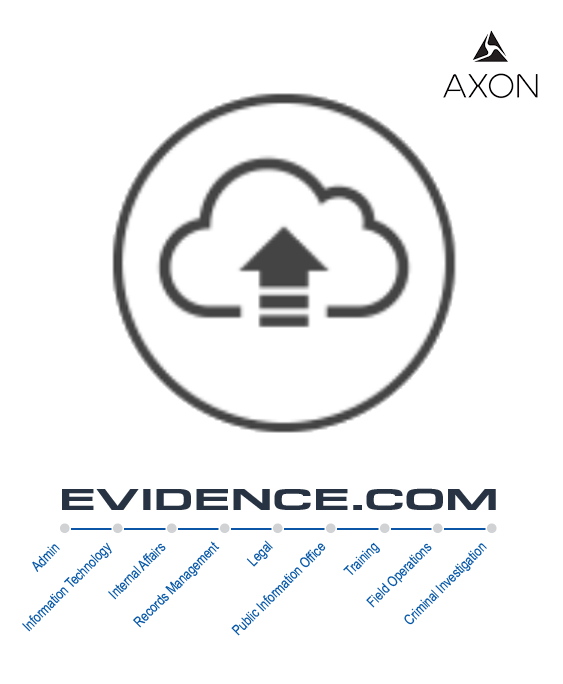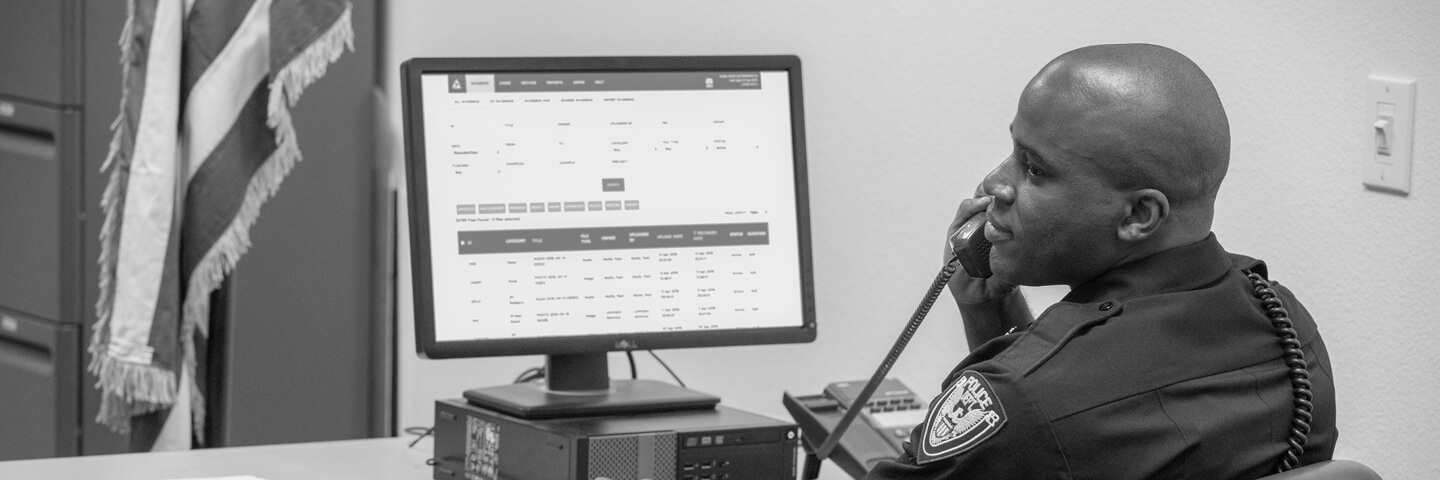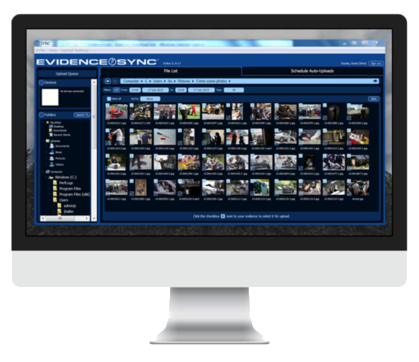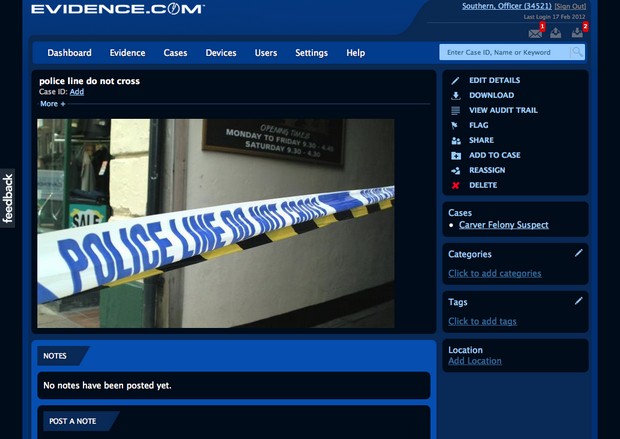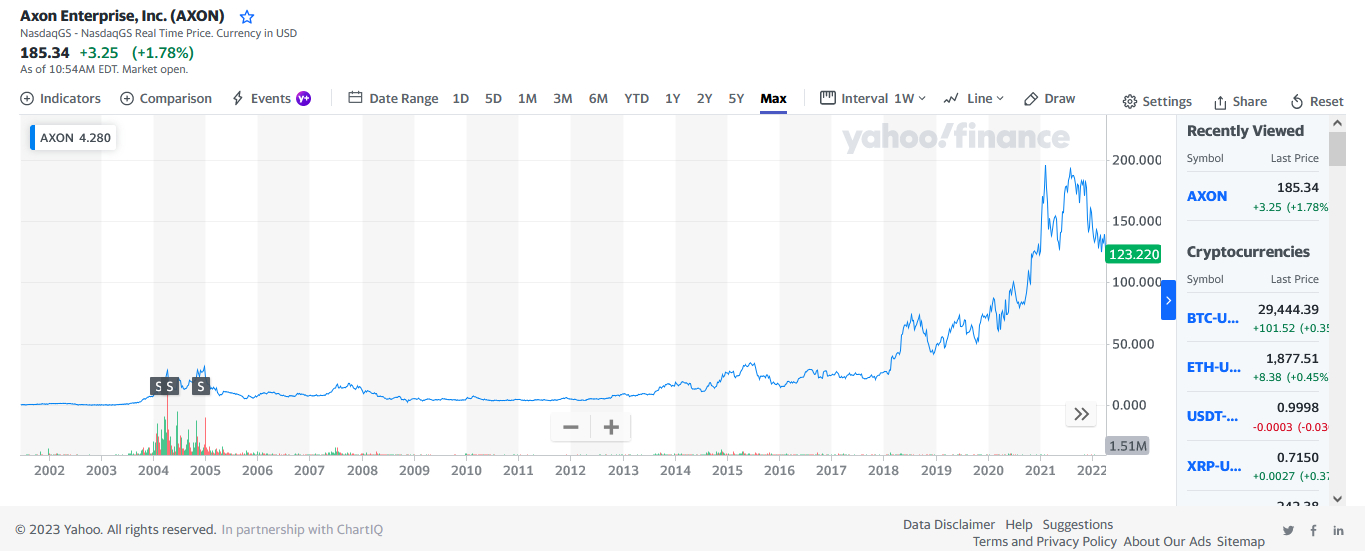The Power of Re-branding
From the brand of the electroshock to making a safer world.
 Written by Marte Martin Written by Marte Martin
|
July 28, 2023 |
SOURCE: Marte Martin
| SUMMARY |
On August 9, 2014, Michael Brown, an 18-year-old Black American male in Ferguson, Missouri, was shot and killed by a Ferguson police officer after reportedly assaulting the officer and attempting to steal his weapon, sparking protests and unrest in the city and across the US. In the wake of the tragic fatalities Michael Brown in Ferguson and Eric Garner in Staten Island, attention turned to possible solutions. PART 1: August 9, 2014
There are multitude of reasons why a company might want to rebrand its corporate brand, a product, or a service. Often, companies rebrand to seize an opportunity or prevent threats in the future. At times, companies rebrand in reaction to events that are so significant that the existing brand must be changed. Merger and acquisitions, legal issues or competition are often reasons to rebrand. PART 2: Rebranding is a process
For Taser, although they had also been selling body cameras since 2009, It was during that time in 2014 when Taser realized that they could do more than just Taser and have a broader appeal. In the years since, Taser (now Axon) has made huge strides in the body cameras and software market, propelling their image forward in the public eye, and their valuation up in the stock market. PART 3: TASER becomes AXON
Axon has undergone many structural changes in a relatively short period of time, including ditching the Taser name in April 2017 and re-branding as Axon Enterprise Inc. Most importantly, the rebranding signals a pivot for the business from selling weapons to selling a broad arrange of connected, smart devices 'to make the world a safer place'. PART 4: Part 4: 'Make the world a safer place'
- Companies rebrand in reaction to events that are so significant that the existing brand must be changed.
- Rebranding can occur at distinct levels in an organization, such as the corporate level, the business unit level or the product level.
- It’s about changing all the tangible and intangible elements of a brand. It’s also about changing the image and long-term goals, the organization’s self-identity, or an attempt to change perceptions of the image among stakeholders.
Get Marte's stories in your inbox!Sign up to email list and receive our articles, interviews, features and much more.
August 9, 2014
Michael Brown and police officer Darren Wilson.
On August 9, 2014, Michael Brown, an 18-year-old Black American male in Ferguson, Missouri, was shot and killed by a Ferguson police officer after reportedly assaulting the officer and attempting to steal his weapon, sparking protests and unrest in the city and across the US. In the wake of the tragic fatalities Michael Brown in Ferguson and Eric Garner in Staten Island, attention turned to possible solutions.
Since Michael Brown's deadly shooting, demand for Axon body cameras has soared, allowing the brand to ride the resistance-to-police-brutality wave, taking advantage of the opportunity given by a big societal change taking place, and aligning the Axon brand with making law enforcement more connected, smart, and accountable.
Aftermath of Michael Brown shooting and death, Ferguson, Missouri.
Rebranding is a process
There are multitude of reasons why a company might want to rebrand its corporate brand, a product, or a service. Often, companies rebrand to seize an opportunity or prevent threats in the future. At times, companies rebrand in reaction to events that are so significant that the existing brand must be changed. Merger and acquisitions, legal issues or competition are often reasons to rebrand.
Companies rebrand in reaction to events that are so significant that the existing brand must be changed. Companies also rebrand as an effective marketing tool to get rid of negative connotations that could potentially affect profitability in the future. Rebranding is usually costly and time-consuming, but it can be an important step towards growing a company and increasing brand awareness.
In 2007 for instance, Taser International was in the middle of a series of public lawsuits and debacles. The manufacturer of the electroshock weapon, which delivers electric current to disrupt voluntary control of muscles causing incapacitation, suffered an great amount of media flack during 2005 and 2006 with reports of dozens of deaths following Taser strikes.
On top, ‘Don’t tase me bro’ became a cultural hallmark of pop-cultural lexicon after the catchphrase was taken from a YouTube video of University of Florida student Andrew Meyer getting ‘tasered’ by university police on September 17th, 2007. The video and the phrase became viral online within hours, and the quote 'Don't Tase Me Bro' became one of the most memorable of 2007 in the United States. YouTube had been founded only a couple of years prior.
Rebranding is the process of giving a product or an organization a new image and to make it more attractive or successful. Corporations and products rebrand with the intention of developing a new, differentiated identity in the mind of consumers, investors, competitors, and other stakeholders. Rebranding can occur at distinct levels in an organization, such as the corporate level, the business unit level or the product level.
Rebranding is a continuing marketing effort, it involves action through many steps towards changing a brand identity and image. It’s about changing all the tangible and intangible elements of a brand. It’s also about changing the image and long-term goals, the organization’s self-identity, or an attempt to change perceptions of the image among stakeholders. Rebranding is not just about simply changing the name. It requires much research and funding, as well as a lot of hard work.
Get Marte's stories in your inbox!Sign up to email list and receive our articles, interviews, features and much more.
TASER becomes AXON
Marte Martin meets Taser, literally. SOURCE: Marte Martin
For Taser, although they had also been selling body cameras since 2009, It was during that time in 2014 when Taser realized that they could do more than just Taser and have a broader appeal. In the years since, Taser (now Axon) has made huge strides in the body cameras and software market, propelling their image forward in the public eye, and their valuation up in the stock market.
The Taser was first developed in the mid-1970s by American inventor Jack Cover, although the term Taser dates back to a 1911 novel titled 'Tom Swift and His Electric Rifle', hence the TASER name. The "A" was added for easier pronunciation. In 1990, Rick and Tom Smith bought the company and patent owned by Jack Cover. They renamed the company TASER International in 1999, and became a publicly traded company in 2001.
As popular as the TASER has become, it is hard to imagine that at first it was mostly rejected by law enforcement. Today Taser guns are used by more than 90% of the roughly 18,000 law enforcement agencies in the U.S. Civilian demand for the weapon increased by 300% in 2020 compared to the previous year, mostly driven by social unrest and rising violent crime rates. The company expanded into the body camera market in 2008 with the launch of the Axon Pro.
Data Capturing. SOURCE: AXON
The Axon Pro camera was designed to be head-mounted, and upload footage for online storage on a web-based service called Evidence.com.
'Make the world a safer place'
Axon has undergone many structural changes in a relatively short period of time, including ditching the Taser name in April 2017 and re-branding as Axon Enterprise Inc. Most importantly, the rebranding signals a pivot for the business from selling weapons to selling a broad arrange of connected, smart devices 'to make the world a safer place'.
On April 5, 20017, and after many years of employing Taser name as the corporate brand, the company announced it was rebranding to AXON and shifting the company’s business model to focus on police body cameras. Adopting the name of the company’s body camera division, which launched in 2009, would allow the company to better seize an exploding market for police body cameras, ignited by a renewed demand for accountability in police-community relations.
Some 6,000 of the 18,000 police agencies in the US are thought to be using the devices today, welcomed both by police and civil-rights advocates as an impartial window into controversial interactions, and as a tool to help prevent violent encounters. The company has been able to transition from a name which is polarizing and which evokes something unpleasant to a new notion of safety and prevention.
New Business Model. Source: AXON
As part of their marketing strategy, Axon offered a deal too good to resist - free police body-worn cameras for all police officers for a year. In a wildly successful public relations move, Axon offered a potential solution to the crisis of police accountability in America, and created a profitable new income stream.
Also, as the organization moves towards cameras and cloud software, it became important also for company executives and employees to adopt a broader perspective beyond the Taser weapon, all while segmenting Taser as a product brand.
In changing its name to Axon, a name inspired by Microsoft’s creation of the Xbox brand, the company clearly signals its push further into the software business. And to lure police departments to sign up for paid software subscriptions, the company offers free body cameras to police officers in addition to a year of free access to Evidence.com, its online software for managing video and other evidence.
AXON
Axon's marketing strategy aims to capitalize on an emerging market with huge potential for growth, thanks largely to police reform activism. There’s a great deal of interest in getting better real-time information, and real-time analytics are going to be very interesting as footage becomes automatically analysed for anomalies, behaviours, and face recognition through artificial intelligence software.
Axon addresses the question of how to store data in an industry that is not traditionally that tech savvy, while it also handles digital evidence with the same safeguards as physical evidence.
Cloud storage and data management. Source: AXON
Software companies including Salesforce or Workday have persuaded investors to accept subscription based revenue models. Axon's Evidence.com software is also sold on a subscription basis, typically five-year contracts. This revenue model can cut into profits in the short term: Taser’s profits dipped from $19.9 million to $17.2 million in 2016 despite strong revenue growth. The catch is that all of the video footage is be stored on Axon’s cloud data service Evidence.com. As a business plan, Axon sees profit in the back-end cloud storage and in software applications, not the cameras.
Source: AXON
The body camera division brought in $65.6 million in revenues in 2016. It is estimated that the U.S. body camera market will expand to up to $800 million per year (or about $1,000 per officer annually). Body cameras have emerged as one of the rare points of agreement between law enforcement and supporters of police reform.
A number of studies have shown that body cameras lead to reductions in use-of-force incidents and fewer complaints against officers. It's also estimated that so far, only about 20 percent of cops in the U.S. have been issued cameras. In a few days, Axon is expected record revenues for 2017, while they keep investing heavily in marketing the cameras and the software support in the US and across the world.
Axon’s “freemium” model may give it a significant advantage over its competitors. Departments will have to pay for data and service beyond the initial year. The shift towards software development also means that the company is adding to its roster employees who come to Axon from companies like Tesla and Facebokk (now Meta).
The company is actively recruiting at top universities, often against tech giants like Google or Uber. In fact, the company has stated that what it ultimately seeks to do is build a Meta/Facebook like network where people involved have the ability to communicate, and facilitate and share information, a peer-to-peer network for law enforcement and evidence management. Axon's network of connected devices and software capabilities will also implement artificial intelligence such as facial recognition, and as signalled by Axon’s recently acquisition of two AI companies.
EVIDENCE.COM by Axon Enterprise Inc (Formerly Taser International). Source: AXON
Shares of the company shore more than 6 percent in anticipation of the company’s rebranding announcement on April 5, 2017, closing at $21.90 per share. The company’s financial results of first three quarters of 2017 showed a considerable increase in revenue due to the changed focus on data storage and related services. On February 14, 2018, the share price of Axon hit a record high of $27.78, many analysts expecting the stock price to continue rising during the rest of 2018. Still, although Axon sees virtual and augmented reality in its future, it is just one of the numerous companies entering the police tech business space.
Price of AXON common share/stock since company going public in 2001. Source: Yahoo Finance
This essay The Power of Re-branding appeared first on martemartin.com/resources.
